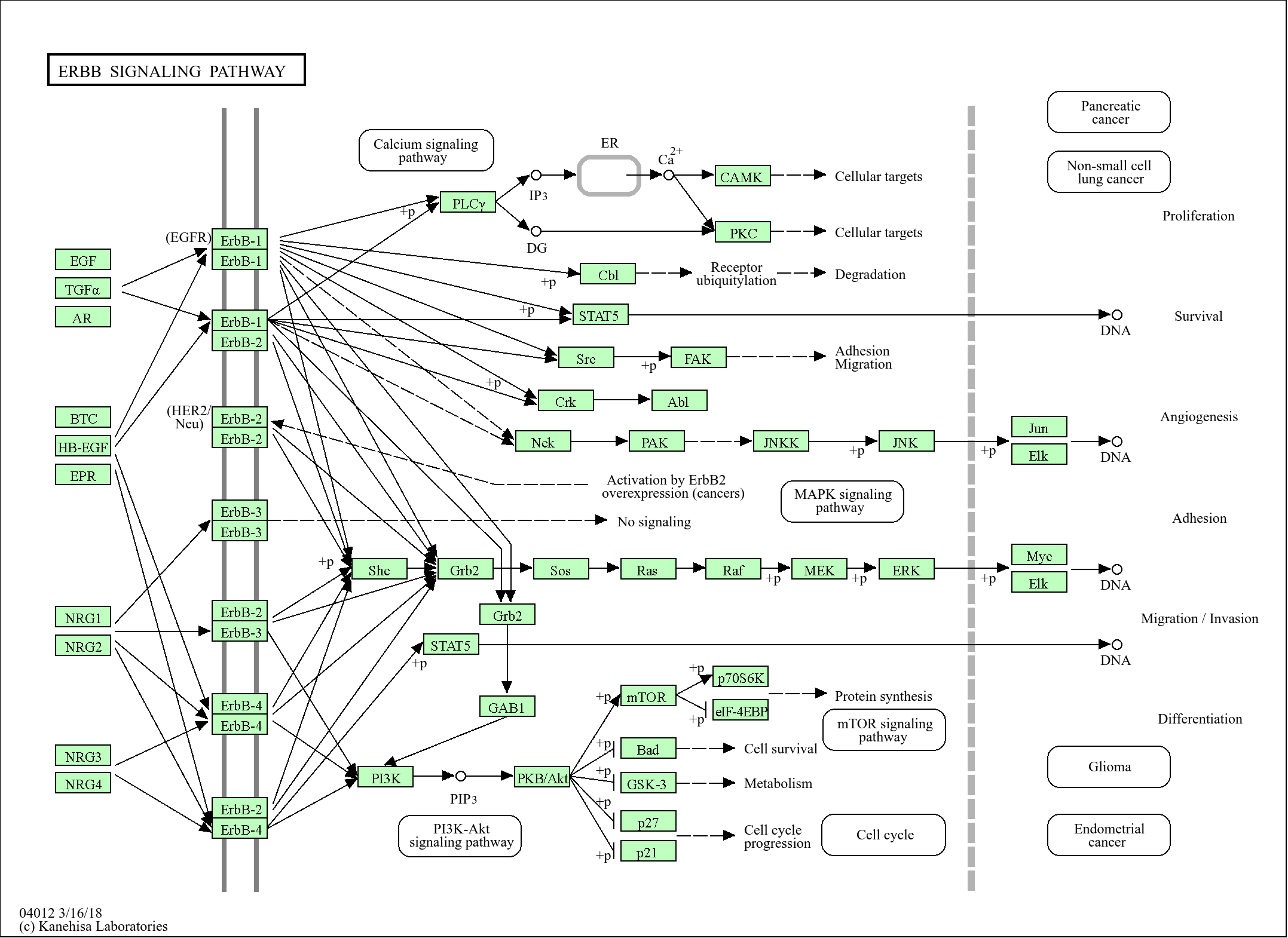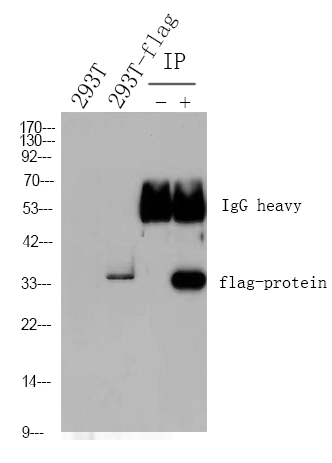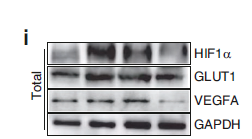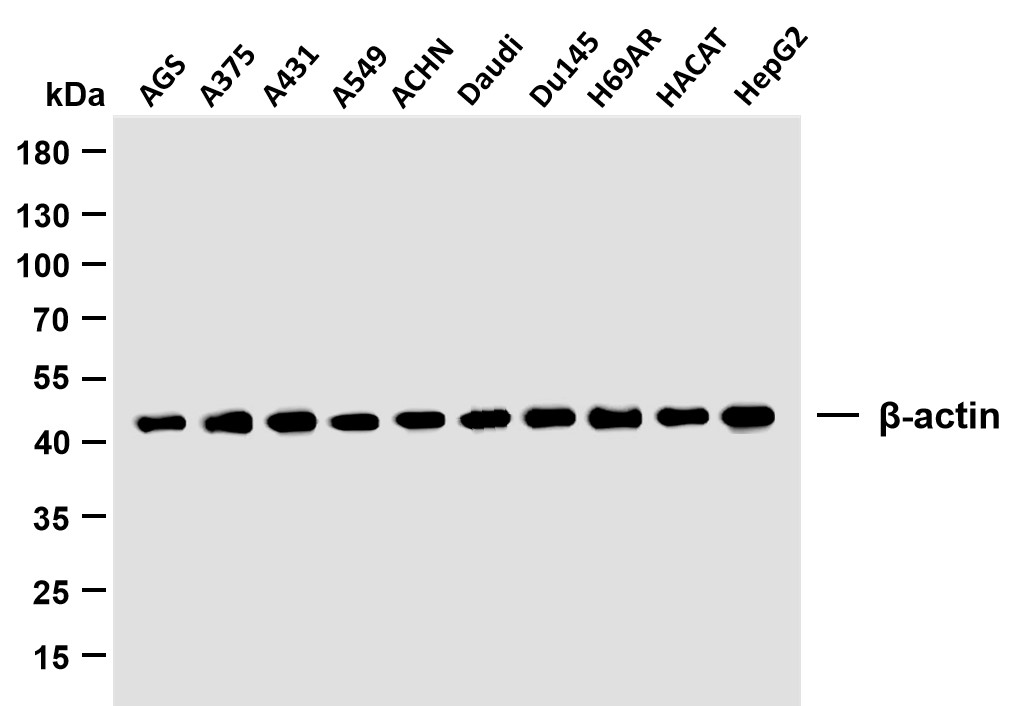
Catalog: YP1835
Size
Price
Status
Qty.
200μL
$936.00
In stock
0
100μL
$560.00
In stock
0
50μL
$300.00
In stock
0
Add to cart


Collected


Collect
Main Information
Target
EphA1
Host Species
Rabbit
Reactivity
Human, Mouse
Applications
IHC, WB
MW
69kD (Observed)
Conjugate/Modification
Phospho
Detailed Information
Recommended Dilution Ratio
WB 1:500-2000; IHC 1:50-200
Formulation
Liquid in PBS containing 50% glycerol, and 0.02% sodium azide.
Specificity
This antibody detects endogenous levels of EPHA1 (Phospho Tyr781) Rabbit pAb at Human, Mouse.The name of modified sites may be influenced by many factors, such as species (the modified site was not originally found in human samples) and the change of protein sequence (the previous protein sequence is incomplete, and the protein sequence may be prolonged with the development of protein sequencing technology). When naming, we will use the "numbers" in historical reference to keep the sites consistent with the reports. The antibody binds to the following modification sequence (lowercase letters are modification sites):GTyET
Purification
The antibody was affinity-purified from rabbit serum by affinity-chromatography using specific immunogen.
Storage
-15°C to -25°C/1 year(Do not lower than -25°C)
Concentration
1 mg/ml
MW(Observed)
69kD
Modification
Phospho
Clonality
Polyclonal
Related Products
Antigen&Target Information
Immunogen:
Synthesized peptide derived from human EPHA1 (Phospho Tyr781)
show all
Specificity:
This antibody detects endogenous levels of EPHA1 (Phospho Tyr781) Rabbit pAb at Human, Mouse.The name of modified sites may be influenced by many factors, such as species (the modified site was not originally found in human samples) and the change of protein sequence (the previous protein sequence is incomplete, and the protein sequence may be prolonged with the development of protein sequencing technology). When naming, we will use the "numbers" in historical reference to keep the sites consistent with the reports. The antibody binds to the following modification sequence (lowercase letters are modification sites):GTyET
show all
Gene Name:
EPHA1 EPH EPHT EPHT1
show all
Protein Name:
Ephrin type-A receptor 1 (hEpha1) (EPH tyrosine kinase) (EPH tyrosine kinase 1) (Erythropoietin-producing hepatoma receptor) (Tyrosine-protein kinase receptor EPH)
show all
Other Name:
EPHA1 ;
EPH ;
EPHT ;
EPHT1 ;
Ephrin type-A receptor 1 ;
hEpha1 ;
EPH tyrosine kinase ;
EPH tyrosine kinase 1 ;
Erythropoietin-producing hepatoma receptor ;
Tyrosine-protein kinase receptor EPH
EPH ;
EPHT ;
EPHT1 ;
Ephrin type-A receptor 1 ;
hEpha1 ;
EPH tyrosine kinase ;
EPH tyrosine kinase 1 ;
Erythropoietin-producing hepatoma receptor ;
Tyrosine-protein kinase receptor EPH
show all
Background:
EPH receptor A1(EPHA1) Homo sapiens This gene belongs to the ephrin receptor subfamily of the protein-tyrosine kinase family. EPH and EPH-related receptors have been implicated in mediating developmental events, particularly in the nervous system. Receptors in the EPH subfamily typically have a single kinase domain and an extracellular region containing a Cys-rich domain and 2 fibronectin type III repeats. The ephrin receptors are divided into 2 groups based on the similarity of their extracellular domain sequences and their affinities for binding ephrin-A and ephrin-B ligands. This gene is expressed in some human cancer cell lines and has been implicated in carcinogenesis. [provided by RefSeq, Jul 2008],
show all
Function:
Catalytic activity:ATP + a [protein]-L-tyrosine = ADP + a [protein]-L-tyrosine phosphate.,Function:Receptor for members of the ephrin-A family. Binds with a low affinity to ephrin-A1.,similarity:Belongs to the protein kinase superfamily. Tyr protein kinase family.,similarity:Belongs to the protein kinase superfamily. Tyr protein kinase family. Ephrin receptor subfamily.,similarity:Contains 1 protein kinase domain.,similarity:Contains 1 SAM (sterile alpha motif) domain.,similarity:Contains 2 fibronectin type-III domains.,tissue specificity:Overexpressed in several carcinomas.,
show all
Cellular Localization:
Cell membrane ; Single-pass type I membrane protein .
show all
Tissue Expression:
show all
Research Areas:
>>Axon guidance
show all
Reference Citation({{totalcount}})
Catalog: YP1835
Size
Price
Status
Qty.
200μL
$936.00
In stock
0
100μL
$560.00
In stock
0
50μL
$300.00
In stock
0
Add to cart


Collected


Collect
Recently Viewed Products
Clear allPRODUCTS
CUSTOMIZED
ABOUT US
Toggle night Mode
{{pinfoXq.title || ''}}
Catalog: {{pinfoXq.catalog || ''}}
Filter:
All
{{item.name}}
{{pinfo.title}}
-{{pinfo.catalog}}
Main Information
Target
{{pinfo.target}}
Reactivity
{{pinfo.react}}
Applications
{{pinfo.applicat}}
Conjugate/Modification
{{pinfo.coupling}}/{{pinfo.modific}}
MW (kDa)
{{pinfo.mwcalc}}
Host Species
{{pinfo.hostspec}}
Isotype
{{pinfo.isotype}}
Product {{index}}/{{pcount}}
Prev
Next
{{pvTitle}}
Scroll wheel zooms the picture
{{pvDescr}}


















